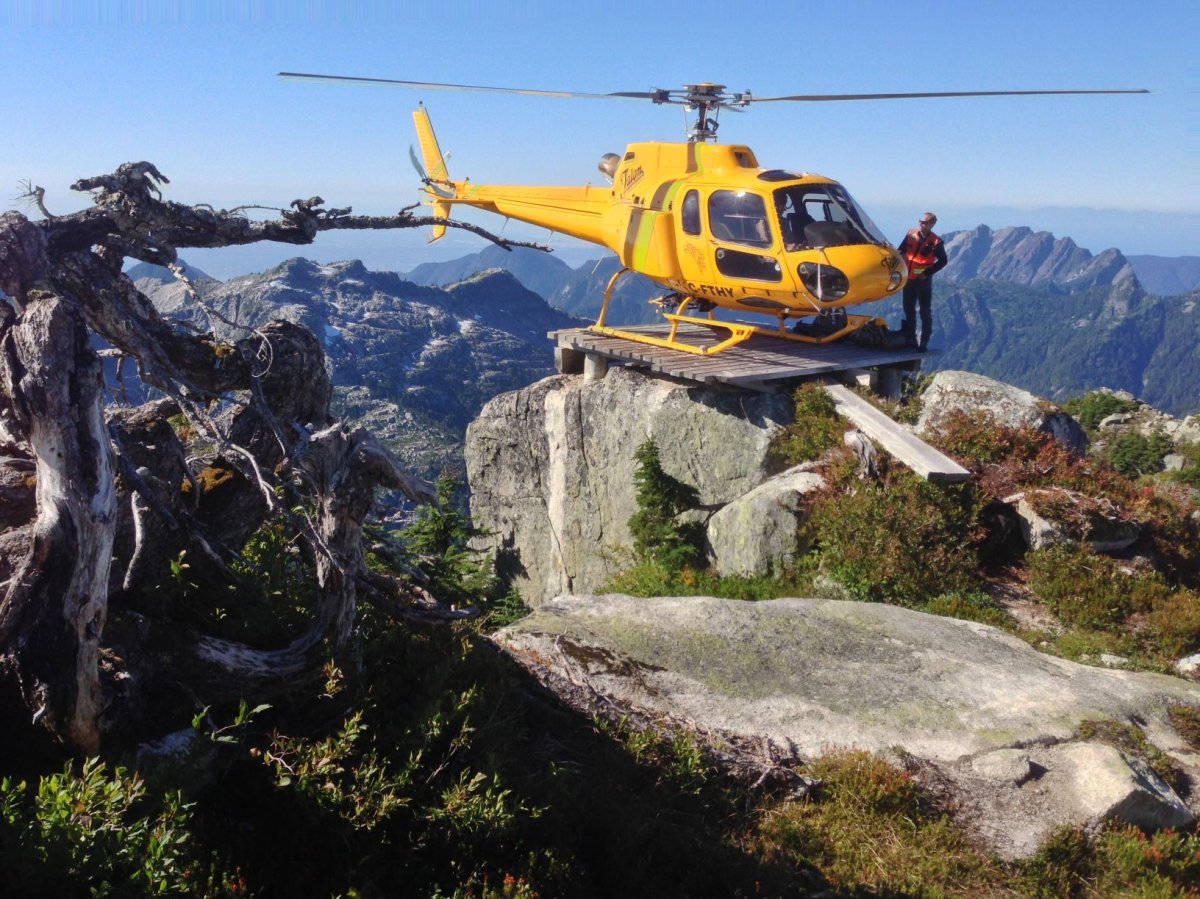VANCOUVER – Michael Coyle from Coquitlam Search and Rescue is hoping the idea of a ‘trail head selfie’ (#TrailHeadSelfie) catches on.

When people head out for a hike, Coyle says take a picture of you or your party at a trailhead and add some basic information about where you’re going and when you expect to be back. Then share that photo on social media with the hashtag #TrailHeadSelfie. That way, if you’re delayed, Search and Rescue teams will have a starting point of where you were going and how you were dressed.
“The idea is pretty simple,” says Coyle in an email. “It’s basically to remind people of the first and most important part of any backcountry trip, whether it’s hiking, running or walking their dog, let someone know where you’re going, and when to expect you back. We’re hoping to remind people to think about backcountry safety before every trip.”
Coyle says the #TrailHeadSelfie will help searchers, since in many situations; the family only has a general idea of where the person went and how long they intended to be gone. “On a recent search this year we had a man, a visitor to Canada who went on a walk near the place he was staying, and didn’t return home,” says Coyle. “We posted his photo to social media, and a member of the public called in to tell us they had seen him on a trail. This gave us the lead we needed to narrow down the search area and find him.”
He says a photo of the missing person in the area will help them see what the person’s plans were.
“This is especially important for tourists who might be taking transit, and have no local contacts to report them missing,” says Coyle. “There are several prominent examples of this in the past year where Search and Rescue had almost no idea where the person intended to go, and there were significant delays between when the person started their trip and when they were reported missing.”
Coyle says this is not the only thing people should do however. They should file a trip plan and take the 10 essentials with them. “We know people don’t always think about these things before a trip, so we’re hoping the #TrailHeadSelfie will serve as a reminder to think about them before every trip,” he adds.
He does caution the #TrailHeadSelfie does not replace any of the other steps people should take to enjoy the wilderness safely.
North Shore Rescue says they think the #TrailHeadSelfie is a “nice idea” but should not be an alternative.
To be clear, NSR definitely sees the value in social media and we regularly utilize it in our missing persons investigations. That said, we do not endorse proposing trailheadselfies as a good idea (or innocuously as a viable alternative) in relation to telling someone where you are going, when to expect you back, and taking the 10 essentials. It needs to be very very clear, that it is not an alternative.
- They may be mistaken as a viable alternative with the best intentions
- A selfie is only useful if the person is reported missing, and even then may be of limited use
- Broad social media is not a good place for telling people where you are going or setting up a return time – there is a real risk of non-reporting and of over-reporting in the same token. Furthermore, a message to the world leaves us without a viable witness to interview for details.
- A selfie at a trailhead is not indicative of where a person eventually ends up on many trails. Large networks with many entrances, exits, and paths can mean that the search area is as narrow as “Western North Vancouver”. Not ideal.
- A trailheadselfie may fail to post or be limited due to privacy settings
- Some trailheads in this province may not have cell reception (and thus it will be too late to tell someone where you are going or to take a selfie)
Coyle agrees and says “this campaign is just one way to raise that awareness, and to reach a segment of the population that might not otherwise pay attention to backcountry safety.”




Comments